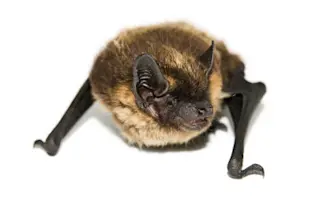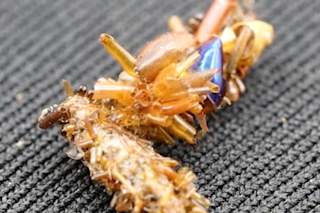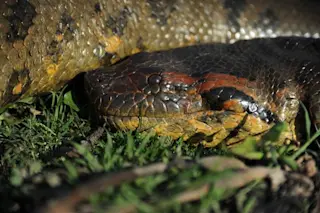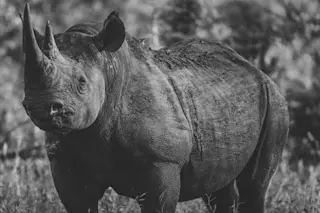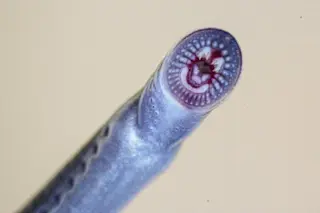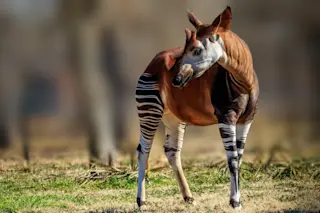In 2006 wildlife specialist Al Hicks of the New York State Department of Environmental Conservation received a worried phone call. While conducting their biannual survey of the local bat population, his surveyors had walked into a cave near Albany and found themselves surrounded by death. Where two years ago there had been a thriving colony, thousands of bat carcasses littered the cave floor. Their bodies bore strange white spots, especially around their noses. Hicks had never heard of anything like it, and other bat researchers who saw photographs of the victims were equally baffled.
Bats became the latest addition to a list of animals hit by sudden, mysterious declines. Around the same time Hicks’s team visited the cave, beekeepers began to report that their colonies were disappearing. In 2004 the International Union for the Conservation of Nature (IUCN) declared a third of the world’s known amphibian species threatened or extinct. ...


